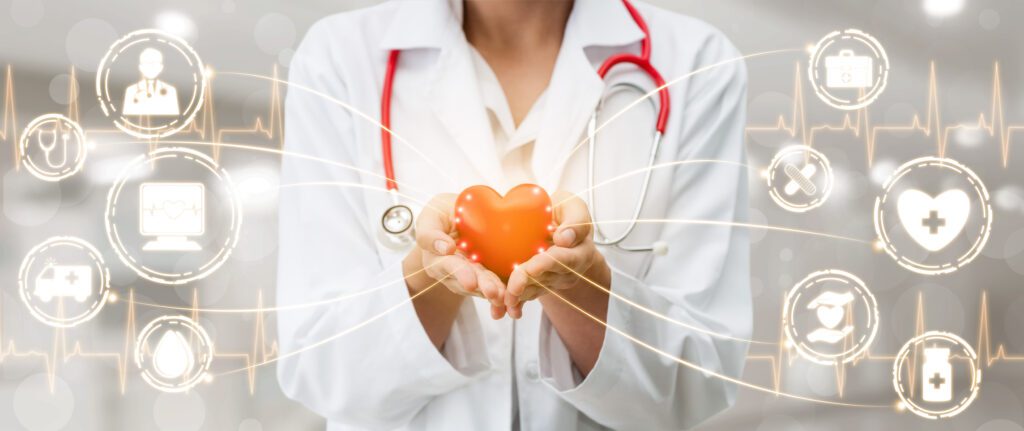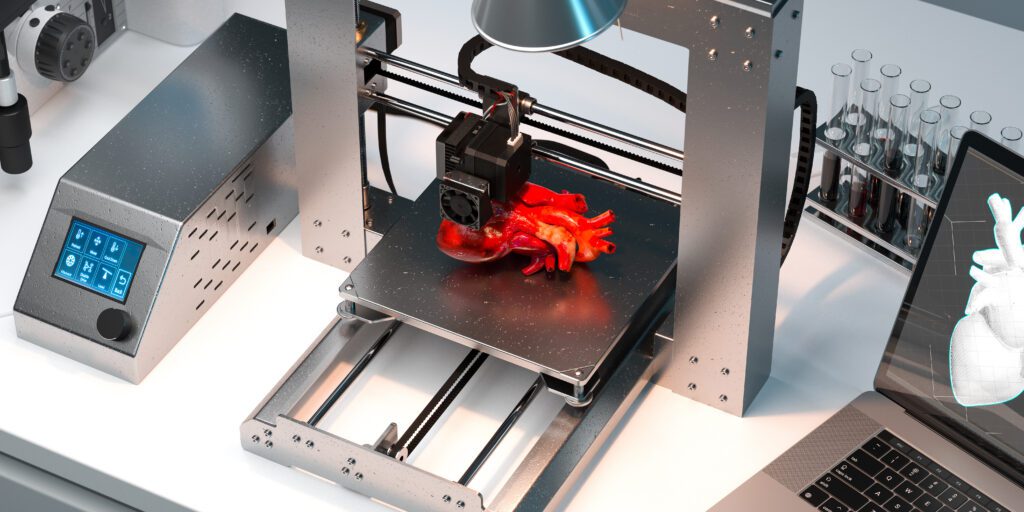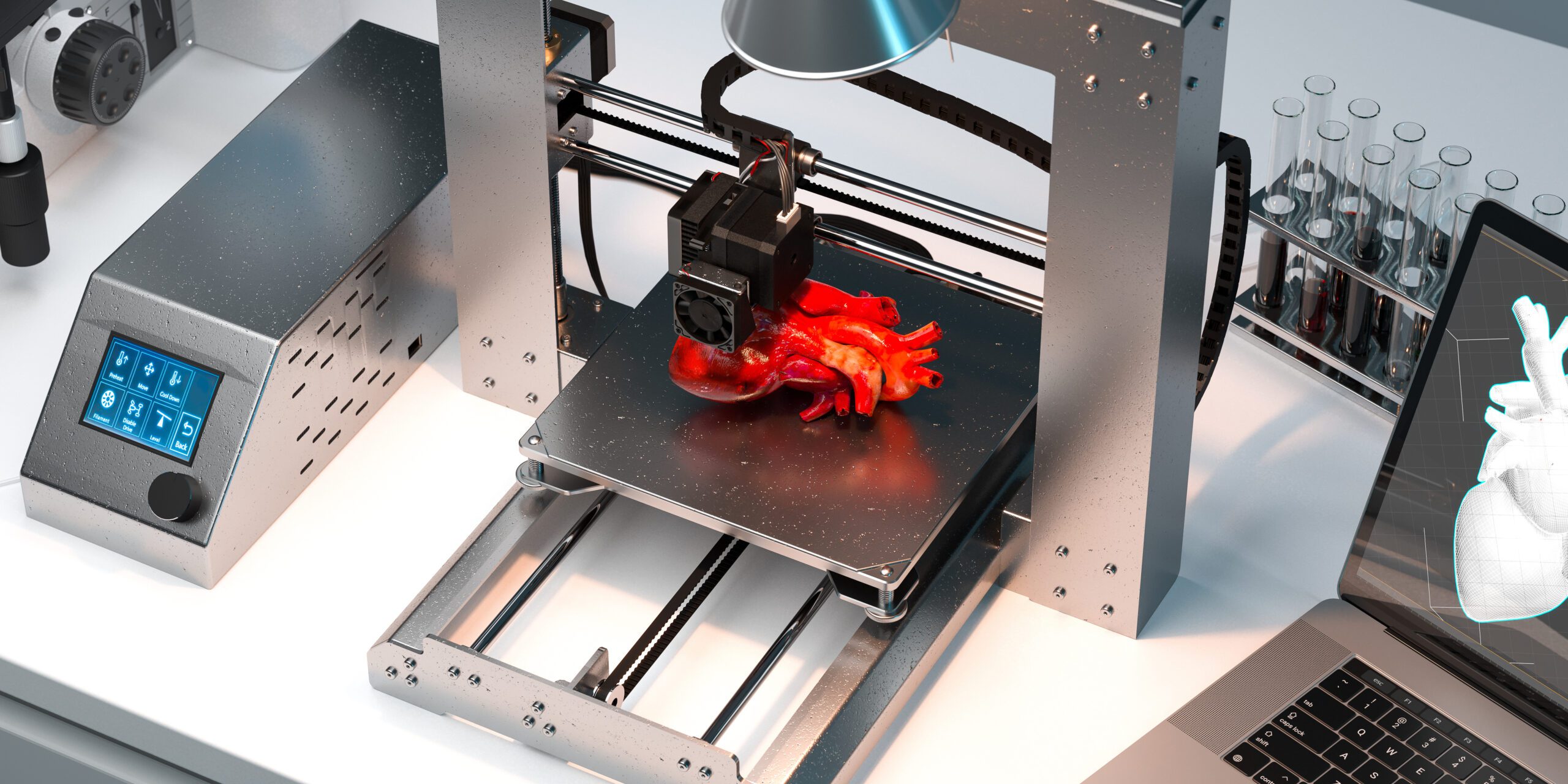The Future of Medical Products: Emerging Trends and Technologies
Advances in technology are not only shaping the future of medical products, they are actively redefining the landscape of healthcare delivery. From the convenience of telemedicine to the precision of surgical robotics, the medical field is experiencing transformative innovations at a pace never seen before. As a healthcare professional, medical innovator, or simply a technology enthusiast, keeping up with these trends is not only beneficial but also crucial to providing the best care and services.
The Importance of Staying Up to Date with Emerging Trends in Medical Products
The practice of medicine is dynamic and new tools and technologies are constantly becoming available. This constant evolution ensures that healthcare remains at the cutting edge, improving patient outcomes and experiences. As a stakeholder in healthcare, it is crucial to be forward-looking and adaptable by integrating these new trends into practice. In this comprehensive study, we examine the new trends and technologies shaping the medical market and how they are revolutionizing patient care.
Trend 1: Wearable Technology
Wearable technology has moved far beyond simple activity trackers into a field where it contributes significantly to patient monitoring and preventive care. Devices like smartwatches and fitness bands now include features like heart rate tracking and even electrocardiograms, making patients partners in their own care, providing continuous data that was once only available in the clinical setting.
Impact on Patient Follow-Up and Preventive Care
Thanks to wearable devices, healthcare professionals can access vast amounts of real-time data, helping them make more informed decisions about patient care and disease management. Chronic conditions such as diabetes, hypertension and sleep apnea can be continuously monitored, so they can be intervened earlier and potentially avoid complications. The role of these devices in preventive maintenance cannot be overstated. They can provide actionable information that motivates and empowers patients to adopt healthier lifestyle choices, ultimately reducing the occurrence of chronic diseases.
Wearable Device Examples
Notable examples in the field of wearable technology include Senseonics Eversense CGM, a continuous glucose monitoring system that offers long-term use for up to 90 days, and the popular Apple Watch, which detects irregular heartbeats and enables early diagnosis of arrhythmias.
Trend 2: Telemedicine
The concept of telemedicine is not new, but its application and acceptance have increased rapidly in recent years. It has positioned itself as not just a convenience, but a necessity for reaching patients in underserved areas and managing healthcare costs. Telemedicine provides remote healthcare services – consultations, diagnoses and patient monitoring – via video conferencing or a secure online platform.
Advantages of Remote Health Services
The benefits of telemedicine are vast, including increased access to medical professionals, reduced patient travel, and overall improved patient outcomes. Especially during emergencies or global health crises, telemedicine has proven invaluable by providing continuity of care when in-person visits are limited. It also has the potential to relieve pressure on healthcare systems by reducing the number of unnecessary visits to emergency rooms and clinics.
Case Studies of Successful Telemedicine Platforms
In the US, Teladoc Health and Amwell are leading platforms providing on-demand remote medical care. These services have been widely adopted, especially during the COVID-19 pandemic. Integrated with many employer-sponsored health plans and insurance carriers, Teladoc's platform provides individuals with instant access to board-certified, state-licensed physicians for non-emergency medical issues from the comfort of their homes.
Trend 3: Artificial Intelligence in Medical Diagnosis

Artificial Intelligence (AI) is revolutionizing medical diagnosis by enabling machines to interpret complex medical data with high accuracy. AI algorithms are designed to learn and recognize patterns, and when trained on large data sets, they can achieve diagnostic accuracy that exceeds that of human experts in many contexts.
Benefits of Artificial Intelligence in Accurate and Efficient Diagnosis
The benefits of artificial intelligence in medical diagnosis include efficiency and reduction in diagnostic errors. AI-powered systems can process and analyze data much faster than their human counterparts, enabling faster diagnoses. What's more, they can detect potentially life-threatening conditions in their earliest stages, often before a human doctor even suspects a problem. These technologies are particularly important in settings where access to specialist medical professionals is limited, ensuring that all patients receive a high standard of care.
Real World Applications in Medical Imaging
The impact of AI can be seen in various medical imaging technologies. For example, AI is revolutionizing the field of radiology with its ability to interpret MRI and CT scans, as highlighted by the numerous diagnostic AI systems used in hospitals. Early diagnosis of diseases such as cancer becomes more reliable with the use of artificial intelligence, improving patient prognosis and treatment results.
Trend 4: Robotics in Surgery
Surgical robotics is an area where medical technology is experiencing strong development. These systems provide surgeons with improved precision and control, often leading to better surgical outcomes, less invasive procedures, and shorter hospital stays for patients.
Developments in the Field of Surgical Robotics
For example, robotic systems such as the da Vinci Surgical System have been involved in millions of minimally invasive surgeries worldwide. The system's sophisticated instruments translate the surgeon's hand movements into smaller, more precise movements of tiny instruments on the patient's body. This level of precision is especially advantageous in delicate surgeries where precise control is crucial, such as on the heart or nervous system.
Improved Precision and Patient Outcomes
The level of control and magnification offered by these systems can result in less trauma to the patient's body tissue, less blood loss, and faster recovery times. Additionally, robotic arms can filter out the surgeon's hand tremors, leading to steadier, more accurate movements during the procedure. Patients experience less postoperative pain and a lower risk of complications, indicating a significant improvement in the standard of surgical care.
Trend 5: 3D Printing in Medical Manufacturing

The emergence of 3D printing technology has opened new possibilities in the field of medical manufacturing. It enables the creation of custom medical products, from implants to prosthetics, providing customization and cost-effectiveness that traditional methods cannot match.
Customization and Cost Effectiveness
3D printing allows the production of medical devices and implants tailored to each patient's unique anatomy. This level of customization allows for a better fit, which can have a profound impact on the patient's comfort and recovery. Additionally, the cost of manufacturing 3D printed medical products may be more economical than traditional methods for small-batch, high-precision products, potentially reducing overall healthcare costs.
3D Printed Medical Product Examples
The world has seen an increase in the use of 3D printing for medical products. For example, in dentistry, 3D printing is used to create dental models, crowns and bridges. In orthopedics, custom-made 3D printed implants are used for skull and facial reconstructions. The technology has also found unique applications, such as printing human tissue and organs, and holds promise for the future of transplant medicine.
Conclusion
The future of medical products is undeniably intertwined with technology. The trends and technologies discussed here are just a taste of what's to come. Continuous adaptation and innovation are critical for those in the healthcare industry to provide the highest quality care. Looking ahead, the integration of these advances into our healthcare systems will not only advance what is medically possible, but also reaffirm the importance of technology in creating a healthier world.
In conclusion, the journey of evolution of medical products is as important as it is exciting, and for those who contribute to the advancement of healthcare, it is a path we should walk with anticipation and preparation. The marriage of technology and healthcare is here to stay, and it is our collective responsibility to leverage these tools for the good of society. As we continue to explore these trends professionally and personally, we realize that the future of medicine does not belong only to innovators; Remember that these new technologies depend on being understood and used by each of us.
Why Should You Choose Samas?
- Reliability: Samas is a reliable solution partner in the healthcare industry. It gives confidence to customers with its experience and quality service approach.
- 3M Quality: SamasMed offers products from the world-renowned 3M. It provides access to reliable and effective products with high quality standards.
- Wide Product Range: It offers a wide range of products including medical equipment, surgical supplies, hygiene products and more.
- Customer Satisfaction Focus: Samas prioritizes customer satisfaction. It offers the most suitable solutions with its expert staff.
- Fast and Reliable Service: Samas offers fast and reliable service. It strives to meet needs as soon as possible.
Samas is here to meet the needs in the healthcare industry and provide the best service.


Comments are closed